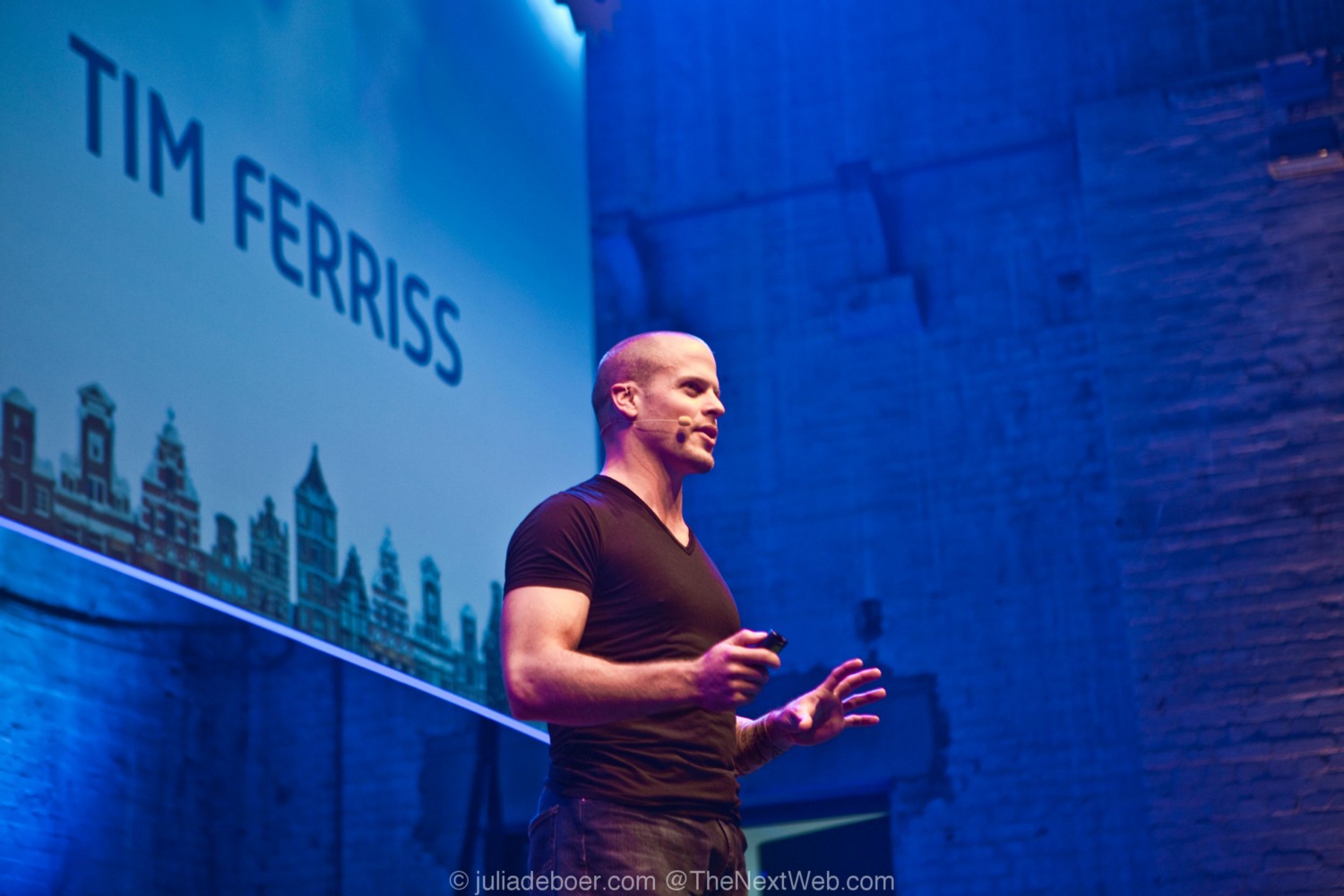In 2004, Tim Ferriss’ life was falling apart. His girlfriend had left him. His close friend had died from pancreatic cancer. His business was close to collapse. He needed to make a major change in his life, as he described in a recent TED talk, but fear paralyzed him.
In the middle of this crisis, he discovered the Stoic philosopher Seneca and his program of “premeditatio malorum,” which means the “pre-meditation of evils.” Essentially, Seneca taught Ferriss to ask himself, “Should I really be as afraid of making a hard choice as I am?”
Ferris developed a written exercise for answering that question, as he describes in the TED talk, which he calls “fear-setting.” It’s a fairly simple, three-page exercise for deciding whether or not to do something.
On the first page, he lists (1) what he is afraid will happen as a result of making the decision, (2) what he could do to prevent unwelcome outcomes, and (3) how he might handle the worst-case scenario. On the second page, he writes down the possible benefits of even a partial success in making the decision. And on the third page, he describes what the “cost of the status quo” would be — i.e., the “atrocious cost” of “not doing anything.”
“I can trace all of my biggest wins and all of my biggest disasters averted back to doing fear-setting,” he said. “The hard choices — what we most fear doing, asking, saying — these are very often exactly what we most need to do.”
Learn more about the process of “fear-setting” and its benefits by watching Ferriss’ TED talk here.
Originally published at journal.thriveglobal.com


